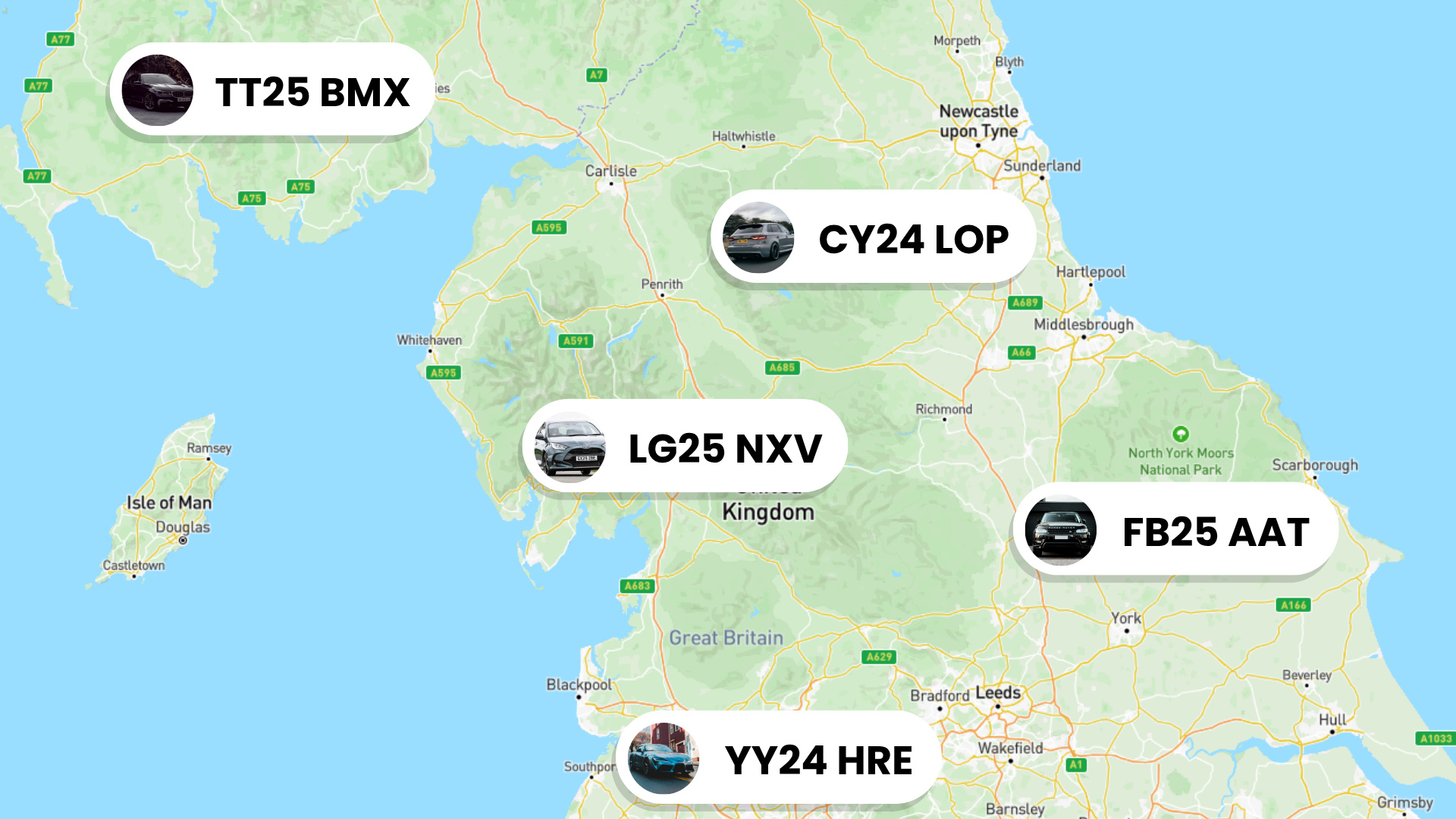GPS Tracking to Prevent Vehicle Theft: Fleet Manager Guide
Vehicle theft is not only a headline risk; it directly hits your bottom line and can blow holes in schedules and customer trust. If you manage a fleet, you already know the pressure of keeping assets secure while maximising utilisation. Modern tracking systems give you more than dots on a map. They offer actionable alerts, tamper detection and integration with other security layers so you can stop thefts before they escalate and recover assets faster when they do go missing. This guide walks through why theft matters, how GPS prevents it, the key features to look for and the operational steps that make technology effective in the real world. Read on and consider how small changes to your tech and processes can cut incidents, shrink insurance costs and keep drivers and customers confident.
Why vehicle theft matters for fleet managers
For fleet managers, a stolen vehicle is more than an asset loss. There is the immediate disruption to jobs, the administrative time spent with police and insurers, and the domino effect on deliveries and contracts. Stolen specialist vehicles or plant equipment can be particularly costly because replacement takes time and often involves custom fittings. Insurers may hike premiums after even a single claim, and frequent incidents attract scrutiny from clients and regulators.
Beyond direct costs, there are reputational risks. Missed windows, late projects and unfulfilled contracts can all erode relationships. And we must not overlook the hidden costs: time spent coordinating recovery, managing paperwork, and investigating why the theft happened. Those hours add up.
Understanding common theft methods helps you prioritise defences. Typical tactics include opportunistic break-ins when vehicles are parked overnight, theft by deceit or false documentation, relay attacks on keyless ignition systems, and targeted thefts of high-value equipment. Certain vehicle types and parking locations present higher risks. For example, unattended vans with visible tools or equipment are prime targets, as are vehicles parked at unsecured sites. By recognising your fleet’s vulnerabilities you can focus on solutions that reduce your exposure, rather than deploying one-size-fits-all measures.
How GPS tracking actively prevents theft
GPS devices do more than show location history. When configured correctly they become an active deterrent and recovery tool. Real-time location tracking gives you immediate visibility if a vehicle moves outside scheduled hours or from a known secure location. That visibility lets you escalate rapidly and share precise coordinates with law enforcement, improving the odds of recovery.
Real-time location, alerts and recovery support
Real-time tracking provides live updates and instant alerts for unauthorised movement. Alerts can be sent to operations teams, drivers or third-party monitoring centres. The faster you know, the faster you act. Good systems also maintain accurate histories that are indispensable when coordinating with police or insurers.
Geo-fencing, speed monitoring and route anomaly detection
Geo-fences let you define safe zones and trigger alarms when a vehicle enters or leaves a boundary. Pair that with route anomaly detection and you can spot unexpected diversions that suggest unauthorised use. Speed and behaviour alerts add extra context; a vehicle speeding late at night away from an assigned route is a clear red flag.
Tamper detection and remote immobilisation
High-quality trackers include tamper sensors that alert you if the unit is being tampered with or disconnected. Some installations support secure remote immobilisation, allowing a controlled engine cut after confirming safety for occupants. These features combine to make stolen vehicle recovery faster and to deter theft attempts in the first place.
Key GPS features fleets should prioritise
Not all tracking devices are equal. When evaluating vendors and devices, focus on reliability, resilience and security. Choose multi-band GNSS modules for strong satellite coverage and devices that support cellular fallback and robust reconnection logic. Power resilience matters too: a tracker with a backup battery will keep reporting even if tampered with.
Connectivity, accuracy and power resilience
Select devices with strong GNSS performance and multi-network cellular support to reduce blind spots. Devices that log data when offline and forward it when connectivity returns are essential for remote areas. Consider whether a hardwired installation or an OBD solution best fits your vehicle types; hardwired units are harder to disable and often support more sensors and remote functions.
Security, anti-tamper and driver authentication
Physical concealment, tamper sensors and encrypted communications are baseline requirements for modern fleet security. Driver authentication using RFID or PIN codes ties vehicle movement to a person, helping you distinguish between authorised users and potential thieves. These layers reduce false alarms and make incident investigations cleaner.
Integration with telematics, dispatch and CCTV
Look for systems that integrate with your wider telematics stack, dispatch platforms and Dash Cameras. Combining GPS data with dash cam footage and sensor inputs gives you a comprehensive incident record and speeds up investigations. Open APIs and straightforward integrations reduce manual work and help automate your incident response workflows.
Ready to see how this works in practice? Book a demo with Traknova to walk through live tracking, immobilisation options and integrations that match your fleet. Book demo and let us tailor a solution for your vehicles and operations.
Implementation and operational best practices
Technology only works when it is embedded into everyday operations. Treat installation as a programme, not a one-off task. Standardise installation locations where possible, document wiring and unit serials, and keep firmware patched. Regular testing ensures the device will behave as expected during an incident. Concealment is important but so is accessibility for maintenance. A professional, consistent install reduces the risk of human error and makes tamper attempts more obvious.
Installation, testing and maintenance procedures
Use professional installers and create a checklist for each vehicle that covers power connections, GPS and cellular signal tests, and tamper sensor verification. Schedule routine checks and remote diagnostics so you can spot failing units before they stop reporting. Maintain a device inventory with installation photos and serial numbers to speed troubleshooting and insurer queries.
Policies, training and incident response workflows
Define standard operating procedures for alerts. Who gets notified for a minor geofence breach? Who escalates to law enforcement for suspected theft? Train drivers and office teams on these workflows and run regular drills. Clear roles and communication channels reduce delays and confusion during a real incident.
24/7 monitoring vs. self-monitoring trade-offs
Decide whether you will monitor alerts in-house or use a managed monitoring service. In-house teams can be cost effective for larger fleets, but managed services provide instant escalation at all hours and may improve recovery times. Weigh the cost against your risk profile and operational hours to pick the right model.
Measuring success, compliance and ROI
To justify investment, measure outcomes. Track key performance indicators such as number of theft attempts, successful recoveries, average recovery time and downtime per incident. Monitor indirect benefits too, like reduced insurance premiums and fewer missed contracts. Reporting should be clear and regular, helping you refine geofence rules, alert thresholds and policies.
KPIs to track theft reduction and recovery performance
Useful KPIs include: theft attempts detected, recoveries within 24 hours, average time-to-alert and impact on utilisation. Dashboards that combine these metrics make it easier to spot trends and justify ongoing spend. Share results with stakeholders and insurers to demonstrate the value of your security investments.
Legal, privacy and data-retention considerations
GPS data is sensitive. Ensure your policies comply with local privacy laws and that drivers understand what is collected and why. Have clear data retention windows and secure storage practices. If you operate across borders, align your approach with GDPR and other regional regulations. Transparent communication reduces friction with staff and keeps legal risk low.
Conclusion & FAQs
GPS tracking is a practical, proven tool for preventing vehicle theft and improving recovery rates. When you combine robust devices, smart integrations and clear operational procedures, you create a security posture that deters thieves and speeds up recovery when incidents occur. The right approach is a mix of technology, people and process—tailored to your fleet’s size, vehicle types and operating environment. If you are exploring options, start with a focused pilot on your highest-risk vehicles and iterate from there.
FAQ: How quickly can a stolen vehicle be located?
With live tracking and an active connection, you can get a precise location within minutes. Recovery depends on law enforcement response and accessibility, but faster alerts increase the chances of a quick recovery.
FAQ: Can trackers be disabled?
Trackers can be targeted, but modern devices use tamper alerts, backup batteries and hidden installations to make disabling difficult and obvious. Remote immobilisation and rapid alerting further reduce success rates for thieves.
FAQ: Will tracking breach driver privacy?
Transparency and policies are key. Communicate what you collect, why you collect it and who can access it. Limit access and retention to what is necessary for security and operations to stay compliant with privacy laws.
Mid-article reminder: If you want a guided walk-through tailored to your fleet, book a demo with Traknova and see live alerts, geofencing and recovery workflows in action.
Final call to action: Ready to reduce theft, speed recoveries and protect your fleet assets? Book a consultation with Traknova today to explore configurations that fit your vehicles and budget. Book demo or contact us for a tailored quote.
We want to hear from you: Did you find these steps practical for your fleet? Please leave feedback so we can make future guides more useful. If this article helped, share it with colleagues on LinkedIn or Twitter — which section would you like a deeper dive on next?
Related reading: Check out our posts on Rapid Response to Vehicle Theft & Vandalism for Fleets and Dash Cams for Small Fleets for complementary approaches to fleet security.










